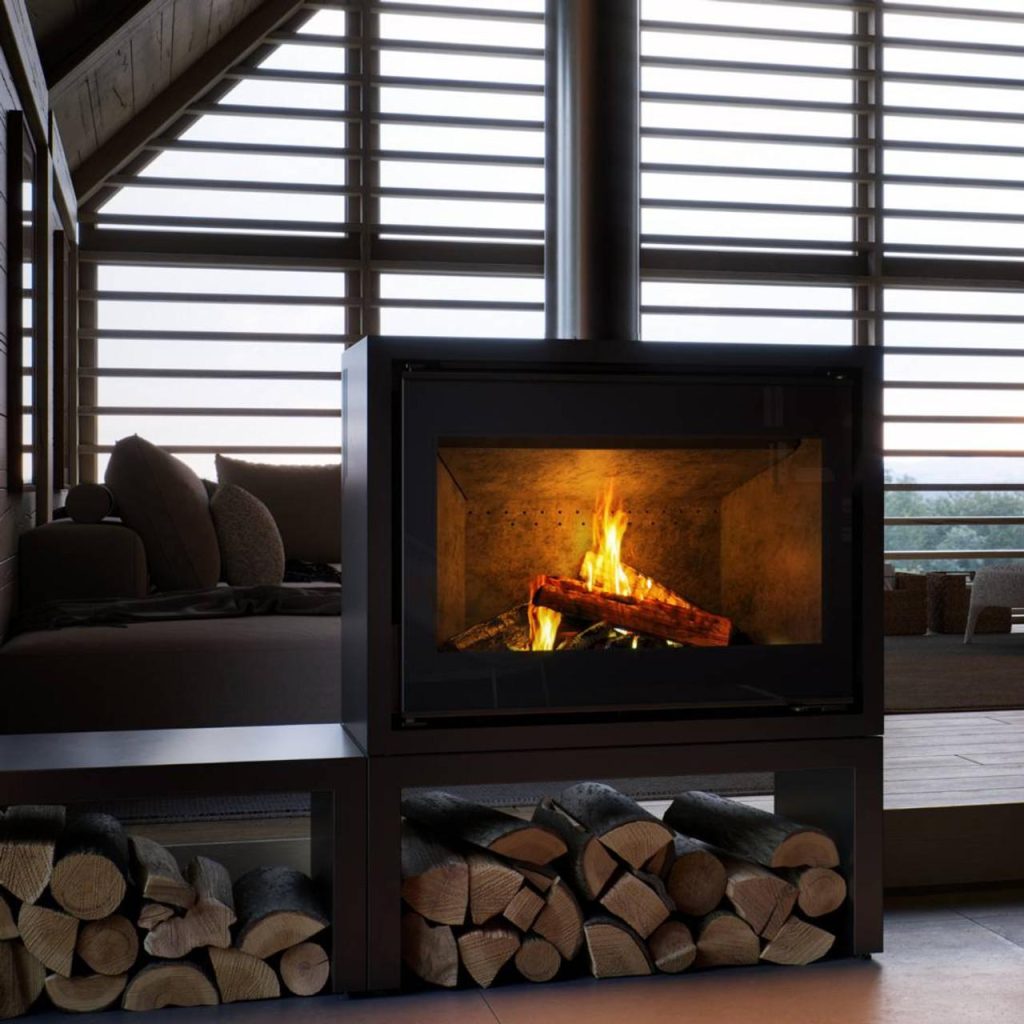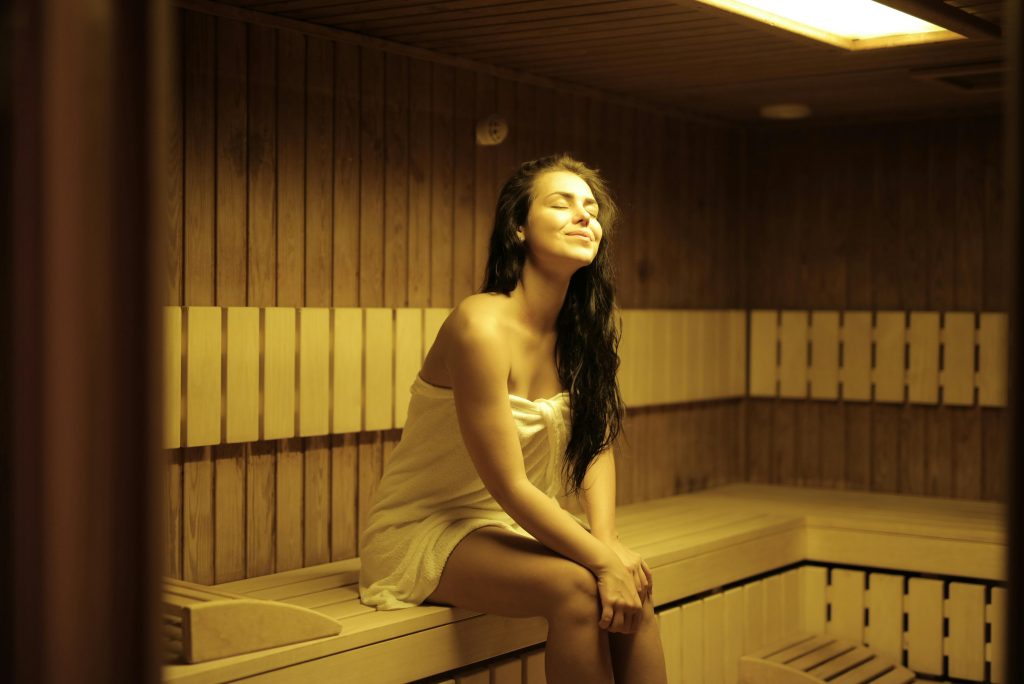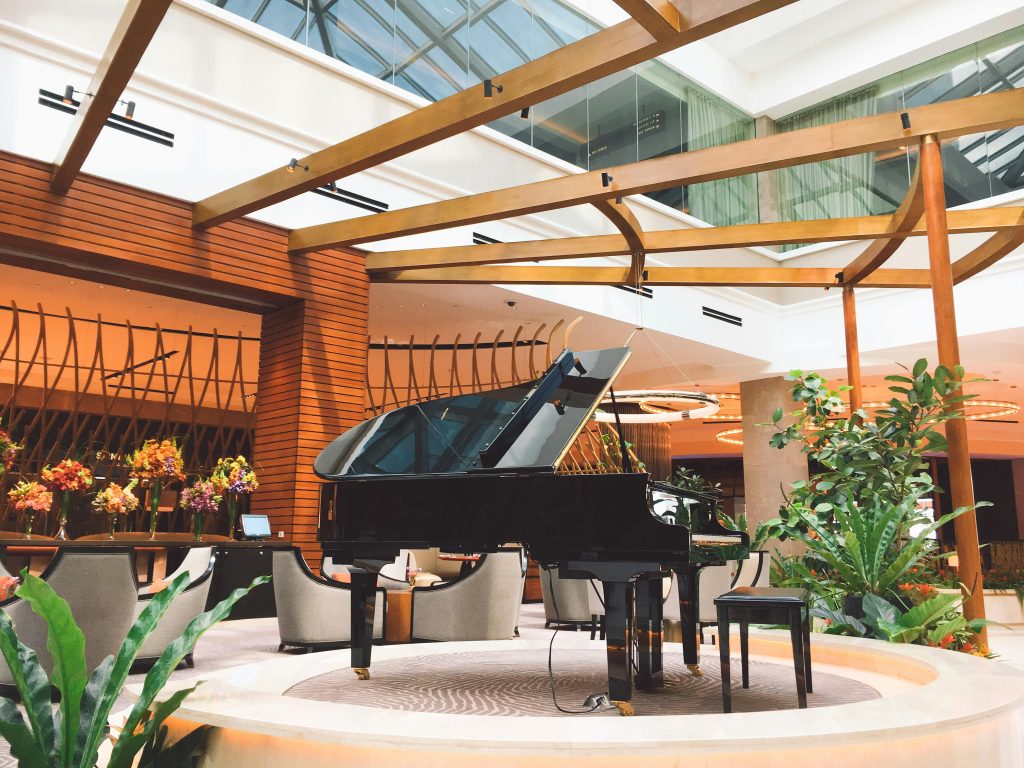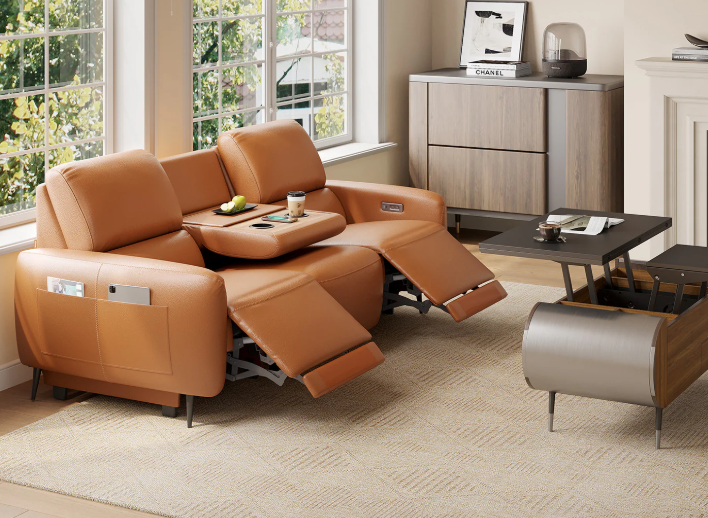Selecting the Best Freestanding Stove for a Cabin or Cottage
Step 1: Determine the Preferred Fuel Source
The choice of fuel affects heat output, maintenance needs, and operating costs. Common options include:
|
Fuel Type |
Advantages |
Considerations |
|---|---|---|
|
Wood |
High heat, off-grid use, renewable |
Requires storage space, regular ash removal |
|
Gas (Propane/Natural) |
Convenient, quick heat control |
Needs fuel supply line or tank |
|
Pellet |
Efficient, consistent burn |
Requires electricity for operation |
They should match the stove’s fuel type to the cabin’s location, access to resources, and desired maintenance level.
Cabin-Ready Wood Stove Options
Standard Secondary-Burn Wood Stoves for Cabins
Standard secondary-burn, or non-catalytic, wood stoves rely on a system of air tubes that inject super-heated oxygen into the firebox. This process ignites unburned gases and fine particles from the initial combustion, creating a secondary burn. The result is improved fuel efficiency and reduced smoke output compared to older, single-burn designs.
Advantages at a Glance:
|
Feature |
Benefit |
|---|---|
|
Ease of Use |
Simple to operate, minimal learning curve |
|
Efficiency |
Burns wood more completely than traditional stoves |
|
Burn Time |
Moderate to long, depending on load size |
|
Certification |
Meets 2020 EPA emission standards |
|
Emission Reduction |
Up to ~96% fewer particulates* |
|
Warranty |
Limited lifetime coverage |
These stoves suit cabin owners who prefer straightforward operation over maximum burn duration. They work well for supplemental heating, seasonal use, or properties in regions with milder winters. Because they are intuitive to run, they are also practical for rental cabins or vacation homes where multiple users may operate the stove.
When selecting this type, users should consider their heating goals. For example, those who only light fires on weekends or in shoulder seasons may find the balance of efficiency and simplicity ideal.
Dual-Stage and Triple-Stage Combustion Wood Stoves for Cabins
Hybrid catalytic wood stoves combine two combustion approaches: the air-tube secondary burn of non-catalytic units and the high-temperature re-burning of a catalytic combustor. In these systems, wood gases and particulates undergo three combustion stages:
- Primary Burn – The initial fire consumes the main fuel
- Secondary Burn – Super-heated air mixes with the exhaust gases, igniting them again
- Catalytic Burn – Remaining gases pass through a catalyst, igniting at lower temperatures and burning almost completely
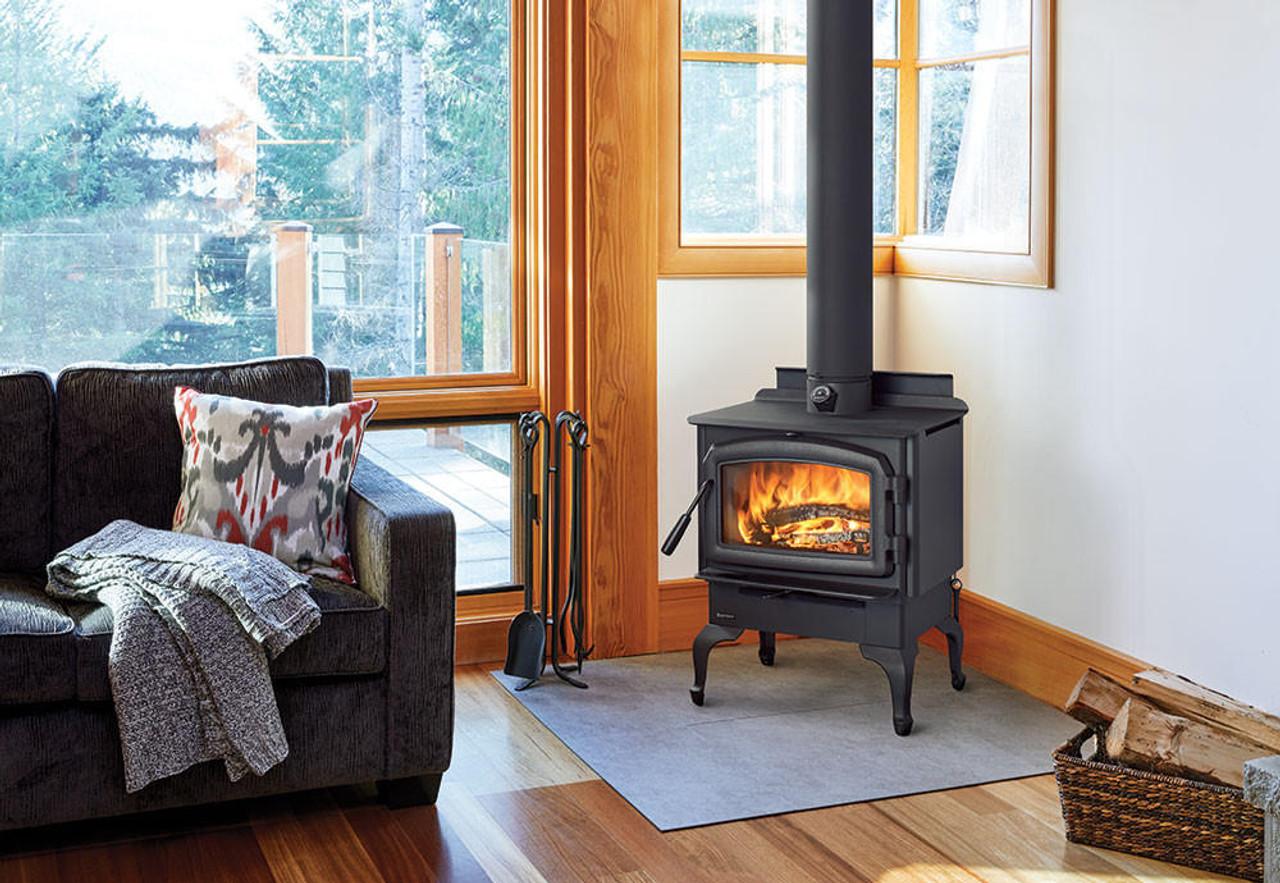
This triple-burn process delivers very high efficiency, stable heat output, and some of the longest burn times available in wood stoves.
Advantages at a Glance:
|
Feature |
Benefit |
|---|---|
|
Efficiency |
Among the highest for wood-burning appliances |
|
Burn Time |
Very long, suitable for overnight heating |
|
Heat Output |
Steady and consistent over many hours |
|
Certification |
Meets 2020 EPA emission standards |
|
Emission Reduction |
Up to ~98% fewer particulates* |
|
Warranty |
Limited lifetime plus extended catalyst coverage |
Hybrid catalytic units are best for full-time cabin living, especially in colder climates where constant heat is necessary. They appeal to those who want to minimize environmental impact while maximizing fuel use.
They require slightly more operational knowledge than non-catalytic models, but experienced wood burners often find the trade-off worthwhile. For eco-conscious users or anyone seeking extended, overnight heating with minimal refueling, this design offers a strong balance of performance and sustainability.
Cabin-Friendly Gas Stove Options
Natural Gas Models for Cabin Heating
For cabins with an existing natural gas connection, a freestanding natural gas stove can provide steady heat with minimal upkeep. These stoves offer the same visual appeal as traditional wood stoves but without the labor of handling firewood.
Natural gas is not available in many rural or remote cabin areas, which limits its practicality for some owners. In cases where a natural gas hookup is possible, it can be a cost-effective and low-maintenance heating choice. Many gas stove models can be adapted to run on propane if natural gas service is not available.
Pros of Natural Gas Stoves
- Consistent fuel supply when connected to a utility line
- Low daily maintenance requirements
- Operates without storing large fuel tanks on-site
Limitations
- Rare in remote cabin regions
- Requires professional installation and connection to existing infrastructure
Propane Models for Off-Grid and Remote Cabins
Propane is the most common fuel choice for gas stoves in cabins located away from utility lines. Many properties already have propane tanks installed, making integration straightforward.
If a tank is not already on-site, owners can arrange for the installation of a large-capacity tank, typically between 250 and 500 gallons, depending on heating needs and other appliances using the fuel. Propane can be stored on the property year-round, making it suitable for seasonal or off-grid use.
Advantages of Propane Stoves
- Works in remote locations without gas lines
- Fuel storage is on-site and refillable
- Compatible with a wide range of freestanding stove designs
Considerations
- Requires space for tank installation
- Needs scheduled fuel deliveries
- Slightly higher fuel cost compared to natural gas in some regions
Step 2: Determine the Correct Stove Size
Selecting the right size stove is essential for efficient heating. The table below provides general benchmarks for heating capacity based on cabin size.
|
Stove Size |
Approximate Heating Area |
|---|---|
|
Small |
Under 500 sq. ft. |
|
Medium |
500 – 1,000 sq. ft. |
|
Large |
1,000 – 2,200 sq. ft. |
|
Extra-Large |
Over 2,200 sq. ft. |
These figures are general guidelines. Actual performance will vary based on several factors:
- Ceiling Height – Taller ceilings increase the volume to be heated.
- Insulation Quality – Well-insulated cabins retain heat more effectively.
- Window Quantity and Type – More windows can reduce heating efficiency.
- Layout – Open floor plans allow heat to circulate more easily than segmented spaces.
- Fuel Efficiency – For wood stoves, the type of wood affects BTU output; for gas stoves, burner design and efficiency ratings matter.
Owners should consult a qualified dealer to match stove output to their specific cabin conditions.
Step 3: Work with a Qualified Fireplace Installer
Gas stoves require professional installation to ensure safety and compliance with local regulations. A licensed gas fitter must connect the stove to the fuel supply, whether natural gas or propane.
Improper installation can lead to reduced efficiency, unsafe operation, or increased emissions. Professional installers also ensure that venting systems meet manufacturer and building code requirements.
In addition to safety, proper installation can extend the life of the stove and improve fuel efficiency. Cabin owners benefit from having a local dealer who can provide ongoing maintenance, service, and parts when needed.


